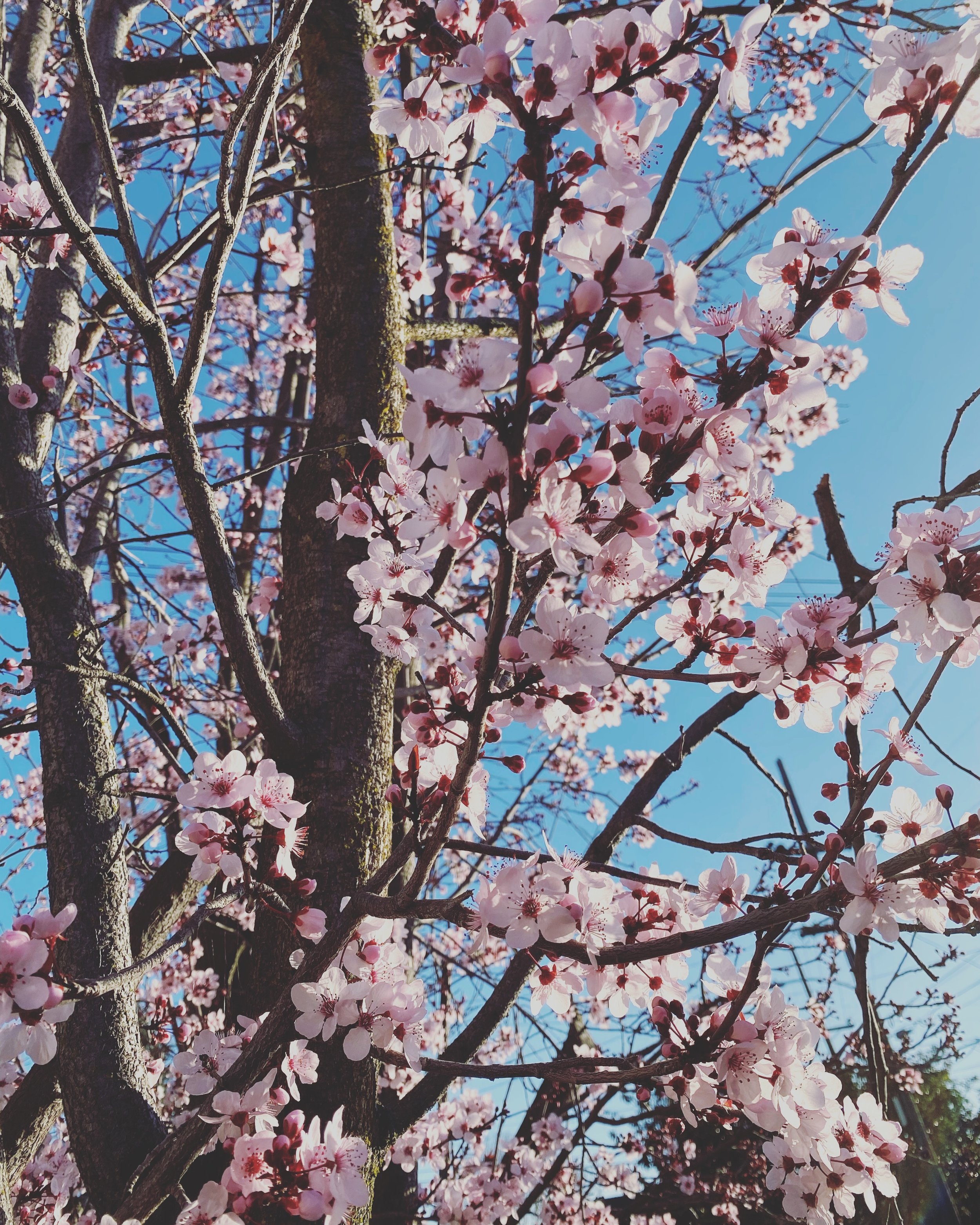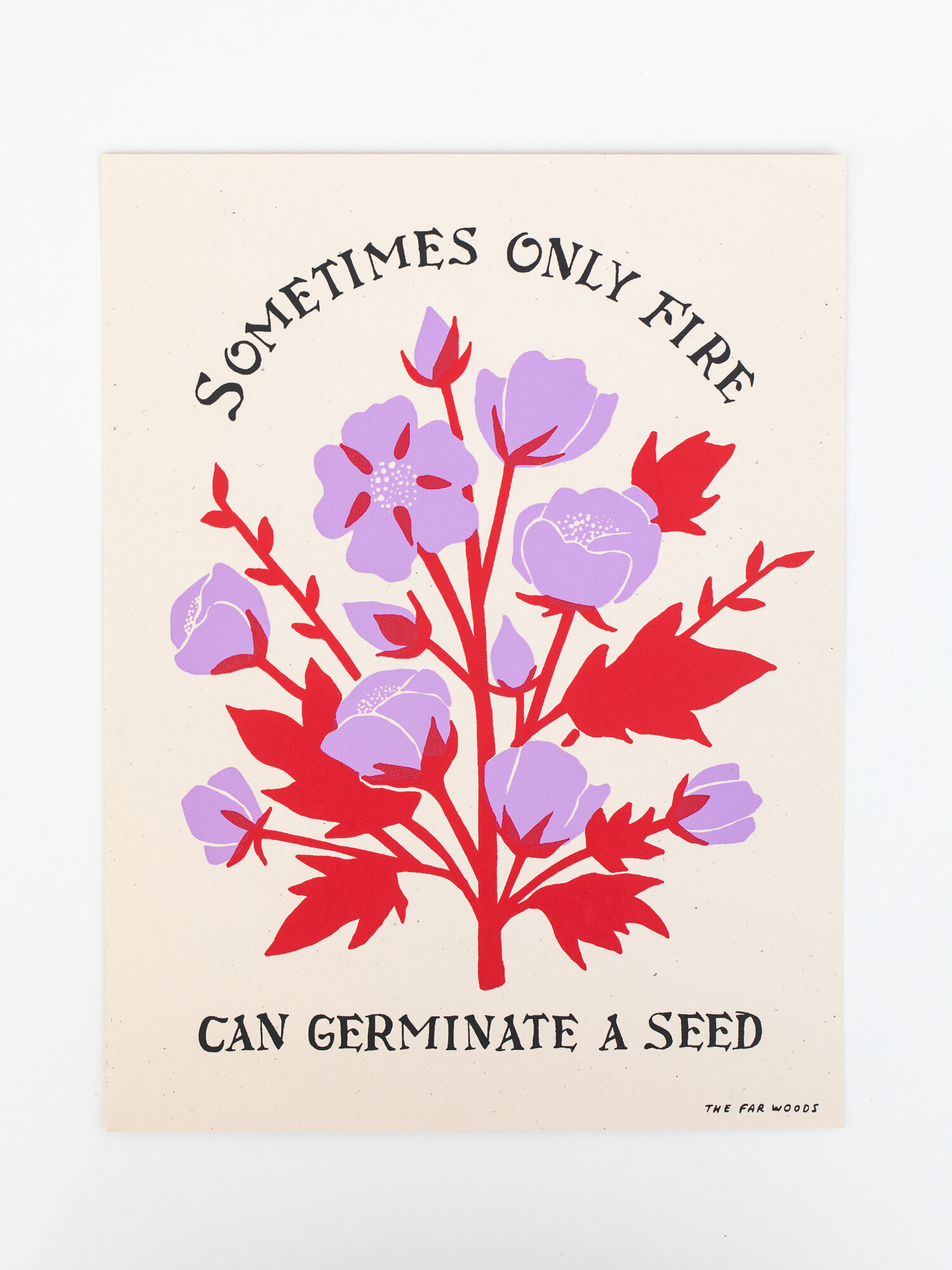The Gift of Symbols
Spiritual Touchstone:
Happy Spring Equinox! Also, with Holy Week on the horizon and Easter on the way, what signs, symbols or rituals draw you more deeply toward your spiritual core? And if the Jesus story isn’t your path, what do you appreciate about the story of Jesus and what makes you annoyed? May everyone be blessed!
The Gift of Symbols
By Rev. Dr. Melinda V. McLain
Even though I work with signs and symbols all the time as a spiritual leader, I had no idea that such interests could fuel the plot of an action-packed thriller until I first read Dan Brown’s “The DaVinci Code”.
While some of Brown’s surmises about the faith are better kept in the fiction aisle, it was thrilling to have someone tell the stories about Jesus and Mary Magdalene with the excitement normally allotted to a James Bond plot.
Outside of Dan Brown’s world, most of us who ponder the final week of Jesus’ life and death by crucifixion by the Roman empire are more likely to wonder if this year we’ll have some new insight or realization that will make this week actually feel “holy”. And, as an ordained minister for over 27 years, I admit that I often feel more obligated than action-movie thrilled to begin another Holy Week.
But this year, our joint UCC Good Friday service will include the making of black origami cranes as part of the Birds of Gaza remembrance project for all the children killed during the current conflict in Israel/Palestine.
Just seeing one of those little black origami “peace” cranes that a colleague is making, reminded me that symbols can sometimes lead us to deep places. Each crane is being folded to remember one child killed in the war.
Very quickly, as the origami cranes multiplied in my mind to include all children, and then all people, animals, and habitats destroyed by wars and human violence, I was suddenly able to see how this coming “holy” week offers the opportunity to recommit to the path of peace more deeply and without reservation.
May all beings seek peace during this Holy Week and beyond.
All are welcome in person and online at our Joint UCC Good Friday service at Orinda Community Church at 7p, Friday, March 29, 2024. We’d also be happy to welcome you to our Good Table UCC Easter Sunday Gathering on March 31 at 12n in person at 780 Ashbury Avenue in El Cerrito, CA 94530 or online via zoom. Festive Easter bonnets are encouraged!













